Ventilation of your home in winter is also necessary. But ventilating your home can be tricky because hot air tends to rise while cold air tends to settle at the bottom. So, you might wonder which vents you should open during winter. Before you start relocating to live in your attic, we asked the experts, and they reassured us with these answers.
The upper return vents should be closed while the lower return vents should be open. Cold air is heavier than hot air, thus, it settles at the bottom. The open vents at the bottom will heat the air effectively when the upper vents are closed. Less warm air will escape from the eaves and cracks in the attic or walls.
There are different ventilation setups in homes. If you are concerned about the effectiveness of the method we have mentioned, continue reading for clarification.
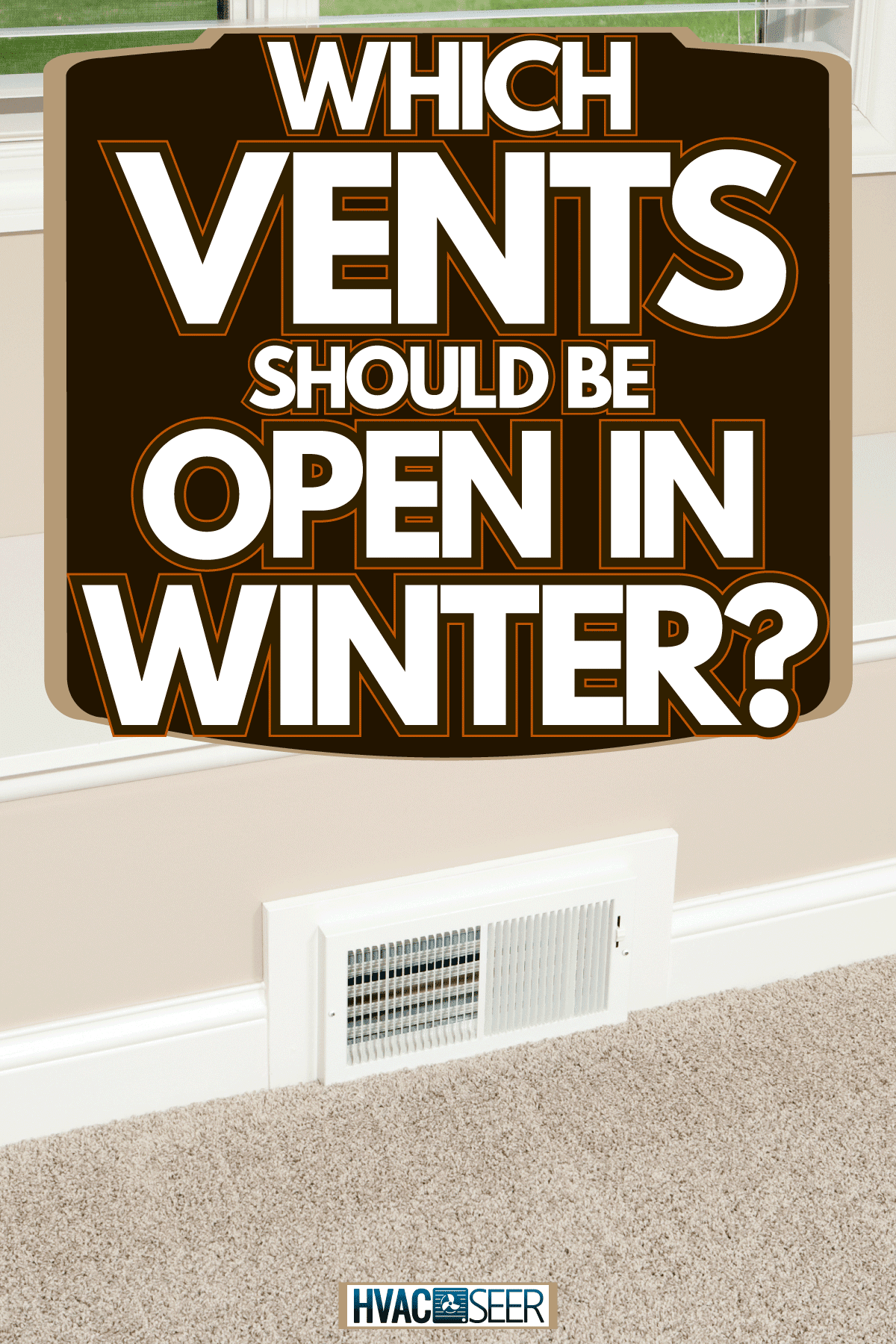
Vents In The Home
Walls in your home often have two return vents, the upper and lower ones. Also known as registers, return vents are often installed in pairs. They are located near the ceiling and near the floor of the rooms.
During winter, you should ensure that you close the upper return vents. It stops warm air from escaping. The lower vents must remain open for proper ventilation.
The warm air travels down and heats the room thoroughly before leaving via the lower return vents.

Controlling Ventilation
Depending on when your home was constructed, the location of return vents might differ.
Some homes have a central return vent, which might not be sufficient. Thus, for proper ventilation, you'll need to keep all the doors open in your home. You can also install more return vents when upgrading or repairing the ducts in the home.
To efficiently control the temperature in your home, you can adjust the dampers or louvers on the supply vents. By regulating how wide they are open, you also regulate the airflow in the room.
The supply vents can be located on the floor, under windows, or in the ceiling in every room. The return and supply vents mustn't be located close together. This will allow the warm air to circulate well in the room before leaving.
Have the louvers completely open on the lower floors and partially on the upper floors. The lower floors will be heated better as the warm air will have to escape through the wider open dampers.
Two Types Of Vents
Generally, there are two types of vents in any home. Vents are supposed to draw air in and out. A building's heating, air conditioning, and ventilation are through ducts and vents.
The two types of vents include:
- Supply Vents: They are connected to the supply ducts which supply air into the home. They are usually smaller in size. You can easily identify by the direction of the airflow from them.
Check out this 2-way vent on Amazon.
- Return Vents: These vents are the opposite of the supply vents in every aspect. Though larger, they don't have louvers and suck out air faster from the room. Return vents are identified by the suction feel you get when you put your hand close to them.
Do Closed Vents Redirect Heat or Cold?
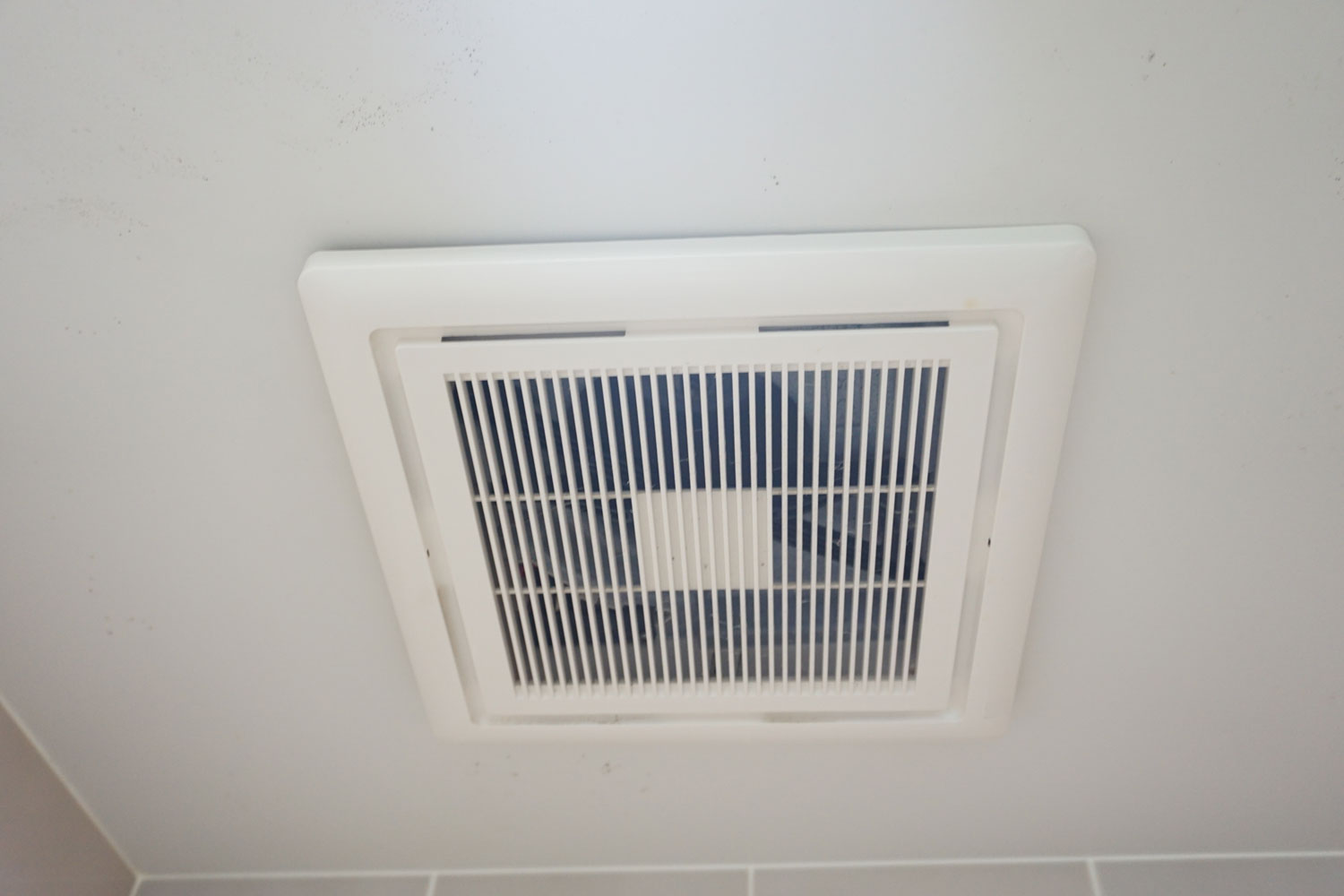
Closing vents in unoccupied rooms doesn't redirect the heat! Central heating systems are set up to heat the house as a whole. Once the warm air leaves the central heating system it should leave the ductwork. Otherwise, there'll be pressure buildup.
The increased pressure in the ductwork can damage it and cause leaks as it finds a way to escape. Closed vents make the central heating system work harder. If you are using a furnace to heat your home, it will cause the heat exchanger to overheat and crack it too.
The redirected heat eventually goes to unprecedented areas that might not be the living spaces you were targeting. Limiting airflow makes the situation worse.
This also applies to air-conditioned air. The suppressed pressure can cause condensation to build on the coils and damage the air conditioner.
Note: HVAC systems are intended to redistribute all the cool or warm air made throughout the house.
Why Do You Need Vents?
Vents circulate warm or cold airflow around the house. Proper ventilation ensures that you don't have volatile organic compounds (VOC) in your home. VOC comes from emissions from household chemicals, pesticides, or furnishings.
A high concentration of these compounds has serious negative side effects. Moreover, pollen allergies and hay fever, which are seasonal, may persist in poorly ventilated homes.
Mold and mildew will begin to appear where there's too much dampness or moisture in stagnant air. Stale air will persistently preside when you lack ventilation in a room. Mitigate or completely eradicate these issues by properly ventilating your home.
In other words, when purchasing or renovating a home, take cross-ventilation into serious consideration. Cross-ventilation includes natural and mechanical ventilation.
The key elements of ventilation are airflow pattern/air distribution, ventilation rate, and airflow direction.
Should You Adjust Return Vents With The Seasons?
Seasonal changes are necessary when dealing with return vents. In the cold season, the lower return vents should be open whilst in the warm season, the lower vents should be closed.
This simple switch help reduce energy costs and regulate the temperatures in your home all year round.
Natural Ventilation Vs. Mechanical Ventilation
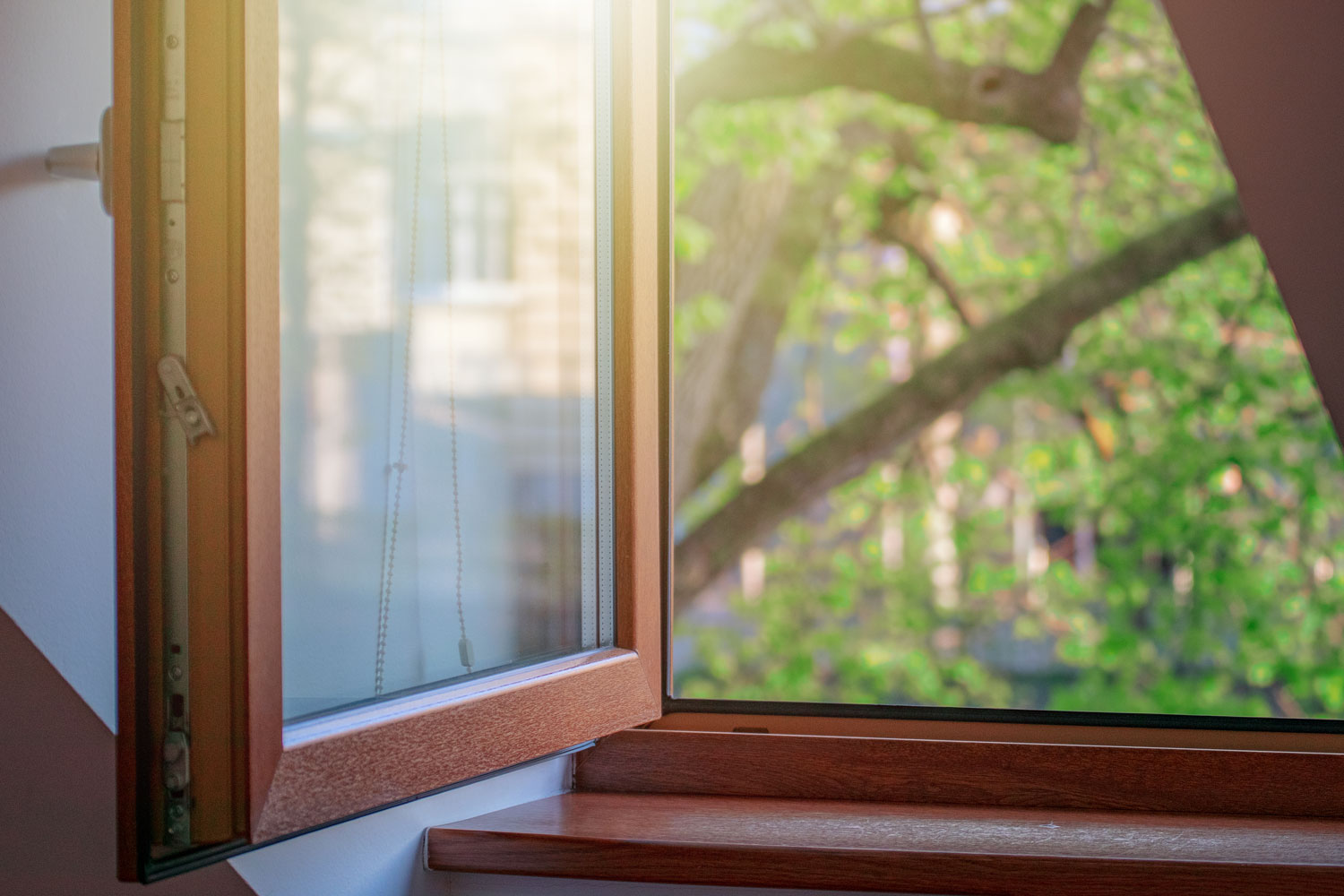
Nature is ever in charge of anything bearing its name. Thus natural ventilation is natural air circulation that occurs through open windows and doors. This kind of ventilation is not possible to control. Air will filtrate cracks and openings in a building.
Sometimes, natural ventilation might not be adequate, especially when it comes to air quality during the cold season.
On the other hand, there's mechanical ventilation, which solely relies on timely control. Mechanical ventilation allows you to control the climate in your own home to your satisfaction.
Can You Air Your Rooms In The Winter?
Of course, you can! Whether or not winter in your vicinity is severe, health experts advise opening your windows once in a while. In the deep winter, when you can't stop the heating system, you should open the windows a crack for a few minutes.
The luxury of mechanical ventilation might make you overlook natural ventilation. Once in a while or even daily, opening your windows will do the following:
- Reduce funky odors and smells
- Reduce indoor pollution from cleaning agents
- Bring in oxygen to boost your brain cells for more activity
Studies have shown that living, working, or studying in air-tight premises is hazardous. It reduces the activeness of the individuals involved.
How To Conceal Air Vents
Air vents are in your home and are there to stay even after renovation. But they don't have to be an eyesore. To compensate for the fact that they need to be in the home for ventilation, designers have a few suggestions on how to incorporate them into the interior decor.
You can consider these options:
- Changing the cover of your vent might be sufficient. Cheap-looking or ugly vents will tamper with your decor. Search for more sophisticated-looking grilles that match your home design.
Check out this decorative grille on Amazon.
- Lastly, paint over the vents to blend them with the walls. You might need to look for the ideal color theme for your walls.
Vents don't need to have the screaming 'look at me' feel in your home. Blend them in without compromising their functionality.
Should Crawlspace Vents Be Opened Or Closed?
Crawlspace vents bring in air and keep moisture out by ventilating the space during the hot months. Therefore, they can and should remain open in the summer months.
However, the vents should be shut during the cold season. It helps stop the cold air from crawling into the basement and freezing the pipes. In winter the air is drier, and there's no risk of mold and mildew.
How To Close Foundation Vents
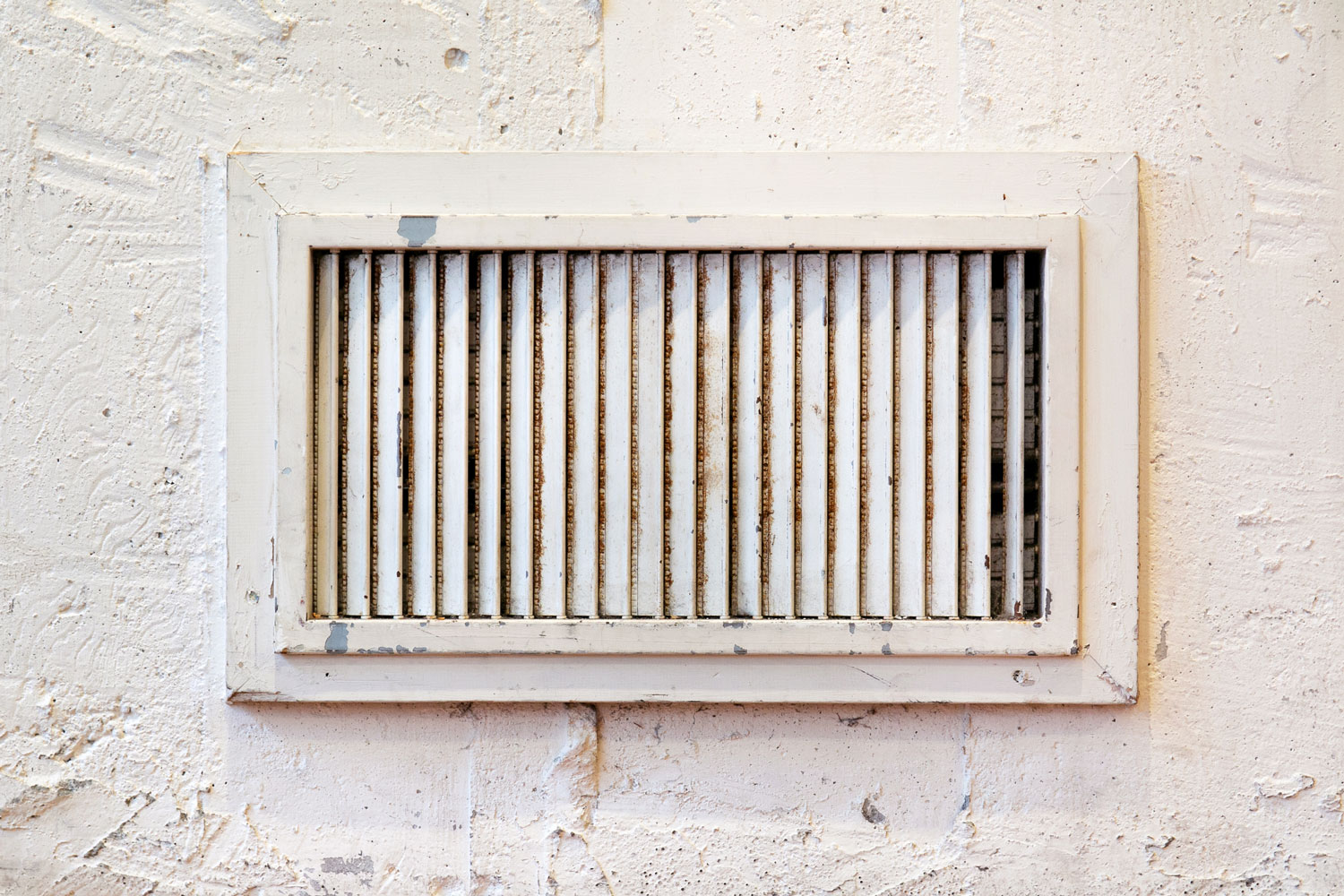
There are several ways to close the vents in your foundation. Ensure that you remember to remove the sealing material when the weather becomes warmer. These vents are for proper air circulation in the basement to avoid wood rot or moisture buildup.
Experts advise using these products:
- Foam blocks
- Recessed vents
- Vents covers
Choose the best option for the climate you live in. All the above items can be easily purchased in any local hardware store or online.
To Sum It All Up
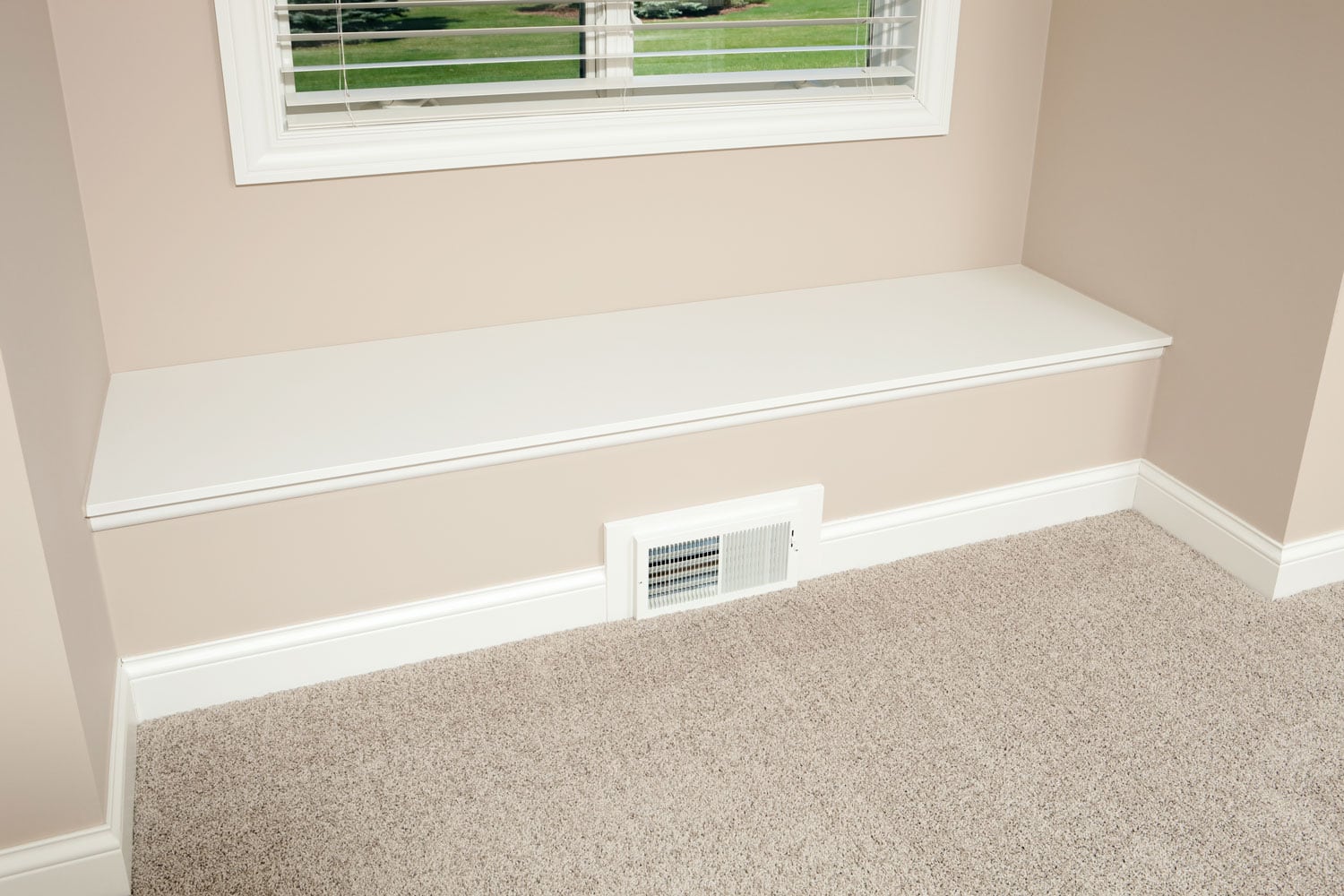
You now understand that you'll need to keep the upper vents in your rooms closed to avoid warm air escaping too fast. Closing all the vents won't help save energy. On the contrary, it might damage your furnace's heat exchanger due to too much pressure. Proper ventilation of your home is vital to the health of its occupants.
Here are more interesting posts you might want to read:


